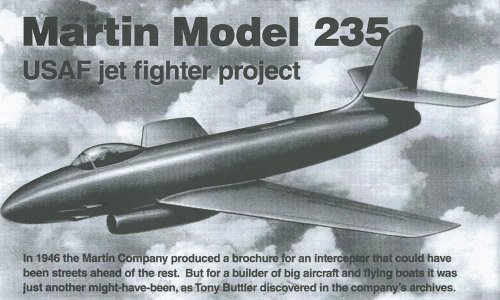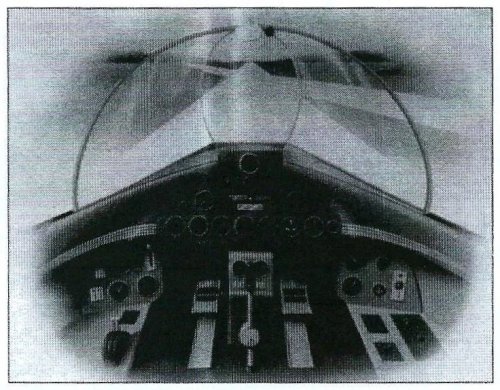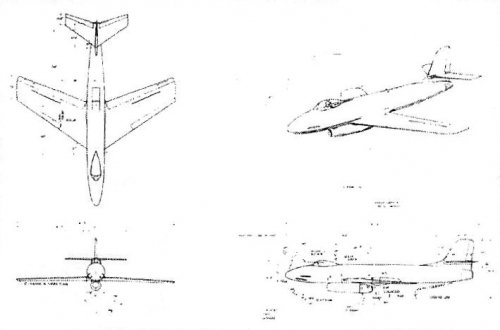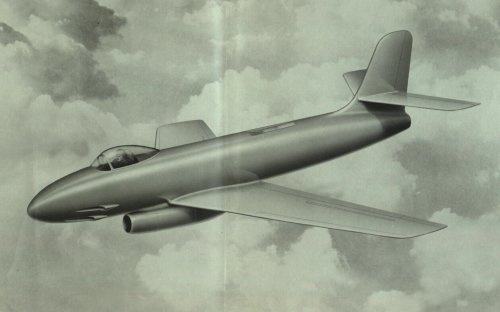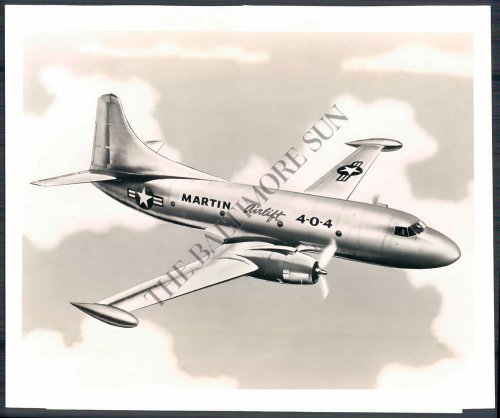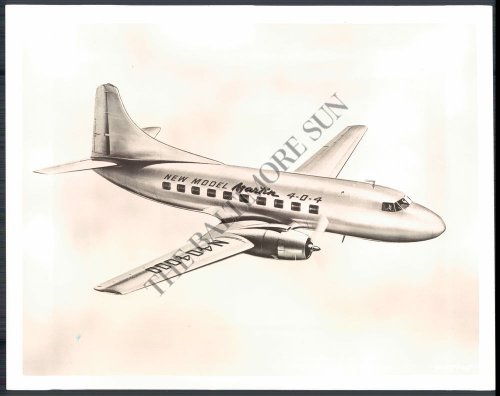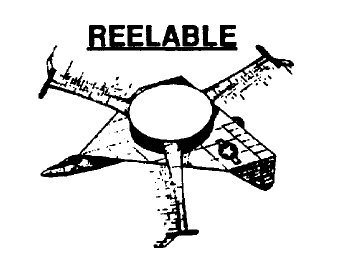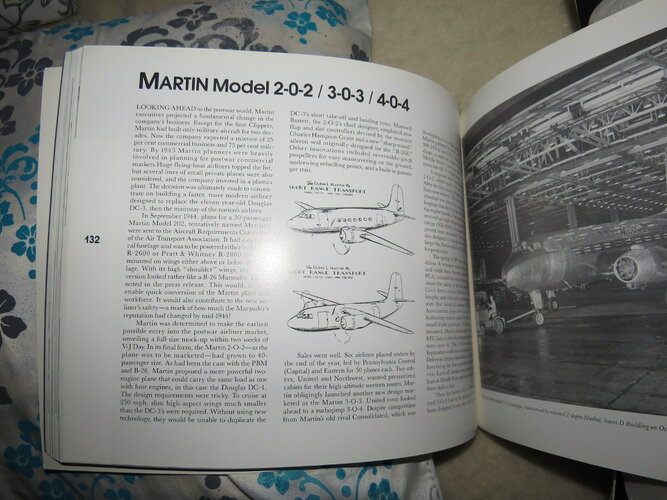- Joined
- 25 June 2009
- Messages
- 14,141
- Reaction score
- 4,333
Not quite an XB-51, but since we don't have a "Postwar Projects" topic on Martin, this is best here for the time being...
Here is the Martin Model 235, from an article by Tony Buttler published in the October 2010 issue of Aviation News (and through the courtesy of lark who sent it to me).
If you've seen the post on the Martin B-10 derived fighter, well... this would be the equivalent, only ten years later: a fighter XB-51 of sorts (always amazing to fathom the progresses of early aviation — only ten years or so between the archaic B-10 design and this advanced streamline jet!).
The Model 235-3 was an unsollicited single-seat twin-engine high performance jet fighter proposed in June 1946. The novel 35° swept-wing design enabled the aircraft to achieve some reasonably high speeds, with a quoted 724 mph at sea level and 600 mph at 30,000 ft. Service ceiling on normal power was 43,700 ft. and range at 540 mph would be 2,110 miles, impressive figures for that time. Four fixed cannons were positioned on either side of the fuselage. Two Westinghouse 24C-4B engines (later known as J34) were to power the aircraft, and power was to be further augmented by reheat.
Main differences from the Model 234 (XB-51) design were a shorter fuselage, a regular empennage (as opposed to T-tail), a tricycle gear and the fact that the engines were located under the wings instead of under the fuselage sides.
Martin were mostly considered a bomber and flying boat producer and never had much luck with their (relatively few) fighter design proposals. This was no exception and seemingly didn't impress the Air Force.
Here is the Martin Model 235, from an article by Tony Buttler published in the October 2010 issue of Aviation News (and through the courtesy of lark who sent it to me).
If you've seen the post on the Martin B-10 derived fighter, well... this would be the equivalent, only ten years later: a fighter XB-51 of sorts (always amazing to fathom the progresses of early aviation — only ten years or so between the archaic B-10 design and this advanced streamline jet!).
The Model 235-3 was an unsollicited single-seat twin-engine high performance jet fighter proposed in June 1946. The novel 35° swept-wing design enabled the aircraft to achieve some reasonably high speeds, with a quoted 724 mph at sea level and 600 mph at 30,000 ft. Service ceiling on normal power was 43,700 ft. and range at 540 mph would be 2,110 miles, impressive figures for that time. Four fixed cannons were positioned on either side of the fuselage. Two Westinghouse 24C-4B engines (later known as J34) were to power the aircraft, and power was to be further augmented by reheat.
Main differences from the Model 234 (XB-51) design were a shorter fuselage, a regular empennage (as opposed to T-tail), a tricycle gear and the fact that the engines were located under the wings instead of under the fuselage sides.
Martin were mostly considered a bomber and flying boat producer and never had much luck with their (relatively few) fighter design proposals. This was no exception and seemingly didn't impress the Air Force.

